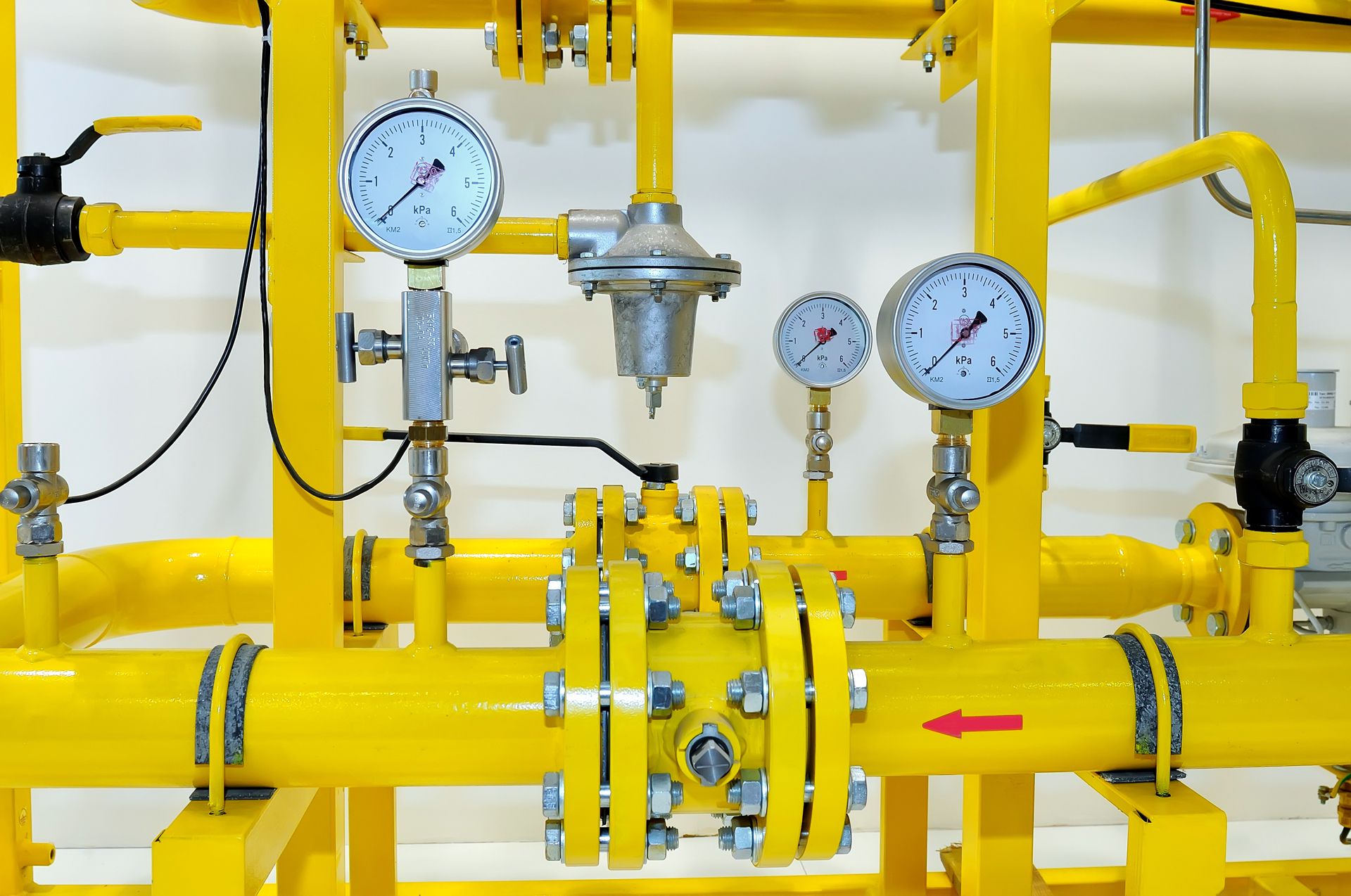The Key Component to Compressor Selection

When it comes to the natural gas compression industry, there are always a series of obstacles to overcome. One major obstacle is how to balance cost and effectiveness in the overall design, functionality, and operation of your compression equipment. Here we discuss what to consider for compressor selection.
The Budget Balancing Act
Although the least expensive package will save money upfront, unwanted costs creep up later thanks to high levels of vibration, valve forces and ultimately, your downtime. Efficient packages will experience less downtime but prose a higher upfront investment. Let's unpack the two, and talk about what matters most during the compressor selection process.
24/7 Compression typically encounters two types of budgets.
1. The Capital Cost Captain
An engineer who's been tasked to install a piece of equipment as inexpensively as possible.
and
2. The Operational Cost Officer
An engineer who's been tasked to run and maintain installed equipment as inexpensively as possible.
The real question is, where's the sweet spot to draw the line between these two challenges, and how can we find a balance between cost/efficiency when it comes to compression package design? Let's take a look at a couple of different approaches.
A Two-Fold Approach
When quoting clients on a compression package, we start with the least expensive piece of equipment – from a major component and functionality standpoint — that will get the job done without any frills or fuss.
Then we review the most efficient package and pretend that cost isn't a factor.
Through the process of elimination, the trade-off begins. Following an initial design, a detailed analysis is done about how you can save without compromising functionality and where investments should be made to ensure dependability. Investing in dependability and longevity helps to solidify any ROI, but pinching pennies often turns out to be a false economy when it comes to key components.
Your Sweet Spot is Out There
When it comes to your compressor selection, you've got a plethora of possibilities to choose from among the thousands of possible components and configurations available on the market. Despite the complexities of your options, the key component to protect will always be your valves. This is done through reduced piston speeds and reduced valve velocities; the bonus with reduced piston speed comes lower unbalanced or shaking forces. Experience reveals that valve issues are a leading cause of service calls to the field, and downtime gets expensive. If your shaking forces are excessive and the volumetric efficiency is poor, the valves undergo excessive and unnecessary stresses that shorten their working lives.
Work With an Expert Today
When you think about it, so much of what we do revolves around prolonging the overall valve life. If you keep this at the forefront of your mind while selecting your compressors, you'll propel your efficiency and have much less downtime...which ultimately means a better ROI.
Care to learn more about our compressor selection rules? Reach out to our team at 24/7 Compression today!
